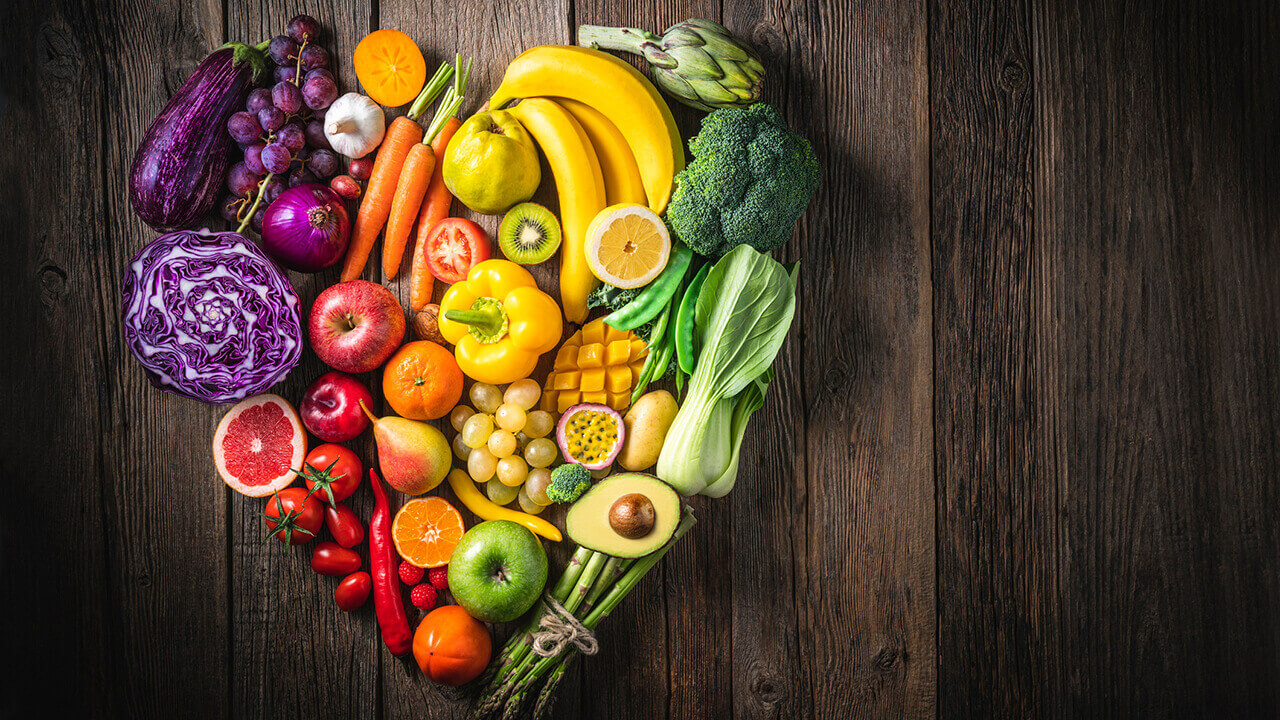

Our diets can play a big role in our heart health, and changing your eating habits can prevent or fight back against heart disease. Below are a few tips to keep in mind when striving to eat a heart-healthy diet:
- Limit unhealthy fats and cholesterol. Limiting saturated and trans-fat is the most important step you can take to reduce your blood cholesterol and lower your risk of coronary artery disease. A high blood cholesterol level can lead to a buildup of plaque in your arteries, which can increase your risk of heart attack and stroke.
- Choose low-fat protein sources. Lean meat, poultry and fish, low-fat dairy products, and egg whites are some of your best sources of protein. Choose lower fat options, such as skim milk rather than whole milk, and skinless chicken breasts rather than fried chicken patties. Beans and peas are also good sources of protein.
- Eat more vegetables and fruits. Vegetables and fruits are good sources of vitamins and minerals. They are low in calories and rich in dietary fiber. Vegetables and fruits also contain substances found in plants that may help prevent cardiovascular disease. Eating more fruits and vegetables may help you eat less high-fat foods, such as cheese and snack foods.
- Select whole grains. Whole grains are good sources of fiber and other nutrients that play a role in regulating blood pressure and heart health. You can increase the amount of whole grains in a heart-healthy diet by making simple substitutions for refined grain products.
- Reduce the sodium (salt) in your food. Eating a lot of sodium (salt) can contribute to high blood pressure, a risk factor for cardiovascular disease. Reducing sodium is an important part of a heart-healthy diet.
Keeping up with the latest trends and diet plans can be hard at times, but knowing which foods to eat more of and which foods to limit, you’ll be on your way toward a heart-healthy diet.


